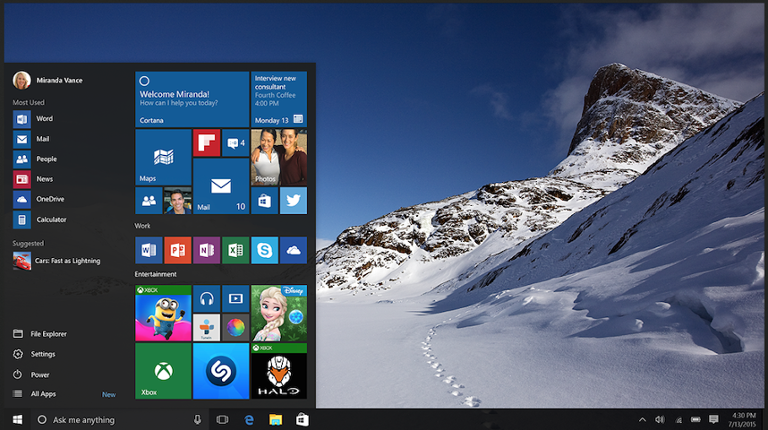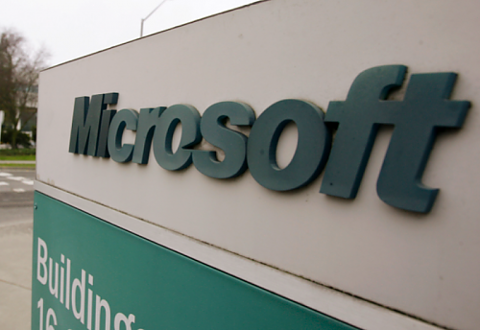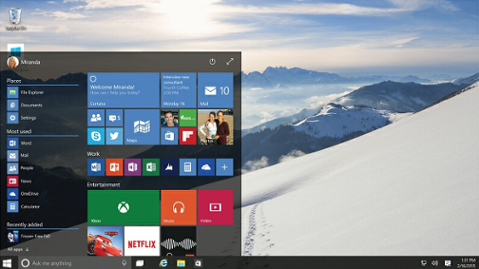The final version of Windows 10 will be available July 29, Microsoft announced in a June 1 blog posting. Microsoft hopes that businesses and consumers will greet the new version of the operating system with enthusiasm; the company simply can’t afford another Windows 8, which never managed to overcome its predecessor, Windows 7, in market-share. If you’re a tech pro who works in the Microsoft ecosystem, here’s what you need to know about Windows 10’s release:
Microsoft Wants You to Build Apps for It
Google Android and iOS boast hundreds of thousands of apps; Mac OS X has evolved into a robust development platform. If Microsoft wants Windows 10 to become a dominant presence across all hardware types, it will need to convince third-party developers that it’s worth building lots of killer apps for the platform. Microsoft began getting developers ready at April’s BUILD conference, in which executives trumpeted the platform’s new features. A key selling point: Apps built for Windows 10 will (theoretically) be able to work across all supported hardware platforms, from PCs to phones. But will that promised ubiquity convince developers to jump aboard, especially those who already make lots of money on Android and iOS? Let’s put it this way: If Microsoft doesn’t convince developers that Windows 10 is the app platform of the future, the company has a very big problem.
It’s a Variation on the Familiar
When Windows 8 made its debut, users rebelled: They disliked how the Start screen, a touch-optimized interface filled with colorful tiles, eclipsed the tried-and-true desktop UX, which seemed to co-exist within the OS as an afterthought. Realizing its error, Microsoft tried to adjust with Windows 8.1, which allowed users to boot directly to the desktop—but in many ways, the damage was done. With Windows 10, Microsoft is taking no chances with its core audience: The desktop is front and center in the PC version of the operating system. So if you’re a fan of things like the Start button and traditional file trees, you’ll have nothing to fear here.
It’s Everywhere
For a couple of years, Microsoft had a burgeoning fragmentation problem: There was Windows 8, 7, and XP, along with a couple different versions of Windows Phone. Now the big consolidation is underway: Windows 10 is meant to arc across all types of devices and screens. From a developer and tech-pro perspective, that could make things like app building and system management a little bit easier.



